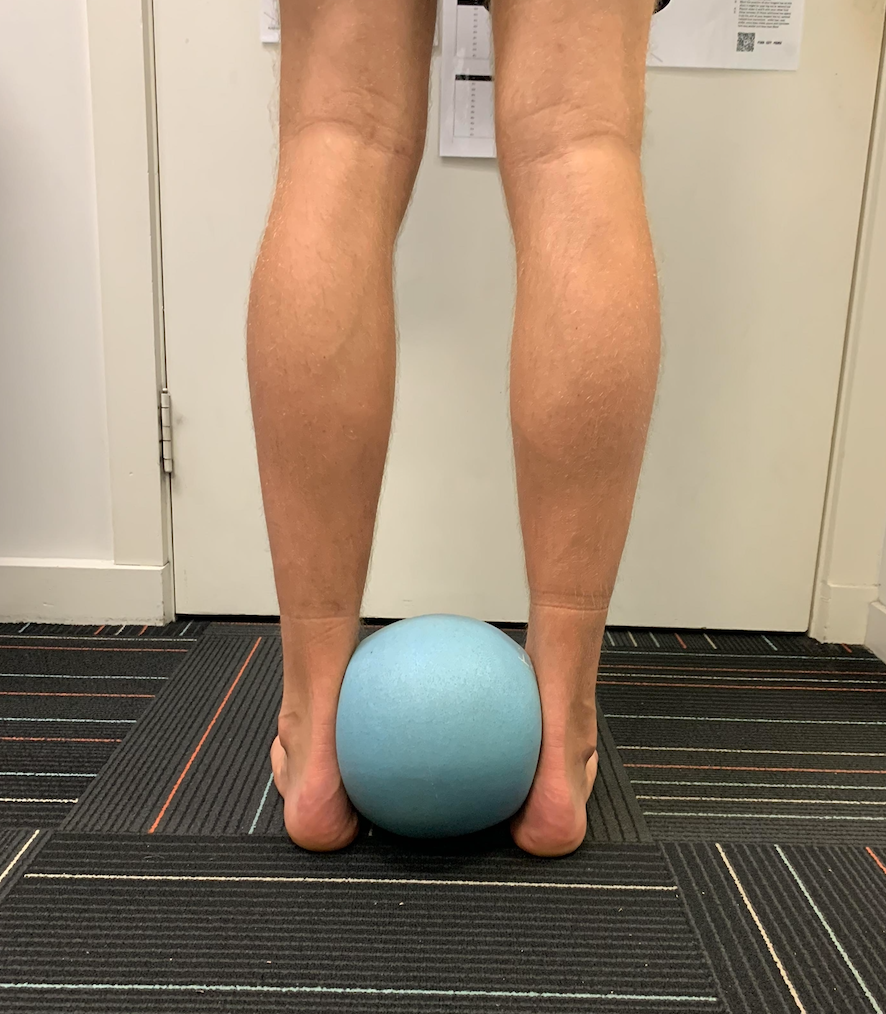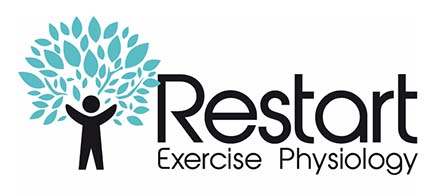Welcome to Who Wants to Be A Millionaire – for the million dollar question, Eddie reads out the following…
The human body has how many joints?
- 250
- 280
- 320
- 350
Your answer is ….. ??
The good news for you is that whichever answer you selected, you’ve just won a million dollars!

The estimated number of joints throughout the human body ranges between 250 and 350.
Why such a broad range you ask? Well it depends on a few factors, including which definition of a ‘joint’ you subscribe to; if you include ‘sesamoids’, which are bones embedded within tendons, an example being the patella/kneecap; and your age, as infants have more bones, some of which fuse together over time.
There are certain joints that tend to hog the limelight – I’m talking the shoulders, the lumbar spine and its five vertebrae, the hips, knees and ankles. These are joints we recognise that we’d be in serious strife without. This is of course highlighted in the unfortunate circumstance of an injury to one of these joints – it’s not until you injure your lower back that you fully understand how frequently you use your back in day to day life!
However, this blog is about one of the body’s unsung heroes. A joint that gets little fanfare, few plaudits, and next-to-no tender loving care.
Introducing the metatarsophalangeal joint, otherwise known as the big toe joint.
Why so important?
The metatarsophalangeal joint (MTP) is where the first long bone of the foot (metatarsal) meets the first bone of the toe (phalanx). Its function is to bend and grip the ground and to accommodate foot flexibility when walking.
The great toe is the body’s natural pivot point and anchor. Could you imagine trying to balance with no big toe? Your entire body-weight and centre of mass would have to be re-distributed to maintain an upright posture. This would take months or even years of re-training.
During walking and running tasks, a vast amount of foot stability, and resulting ankle, knee and hip stability, originates from the big toe.
Our foot is our primary point of contact with the world around us countless times per day to allow us to live the lives we desire – our big toe joint is undoubtedly the most important player in this process.
Big toe function
Like every joint throughout the human body, the big toe joint should be able to achieve a number of functions with relative ease. These movement include:
Big toe extension
A good score is 30 degrees of extension or lift, however 50 degrees is optimal.

This is vitally important as it allows the leg to extend behind the body during walking, and allows the big toe to pull on the plantar fascia, creating tension. This tension raises the arch, stiffens the foot, and enables a strong push-off as the foot becomes a rigid lever and the plantar fascia transmits energy into the ground (read more on the biomechanics involved in this by clicking here).
Have you ever been told that you have ‘flat feet’? A lack of big toe extension may be contributing to a weak or unstable arch.
Big toe flexion
I am unaware of normative values for big toe flexion, however this is an action that our big toe needs to be strong in. Our big toes flex to push downwards as we walk, step over objects, climbs stairs, jog and run.
Big toe abduction
The best way to spot whether your big toe is sufficiently abducted is to see if there’s space/daylight between your big toe and second toe. Wearing shoes that compress and squish our toes can lead to cramping of the toes (learn more on the pitfalls of this here), which can contribute towards bunions (a bunion is an often-painful bony bump that develops on the inside of the foot at the big toe joint, and can have debilitating consequences on not only foot health but overall function from the ground up), poor toe circulation, and plantar fasciitis.

Big toe adduction
A big toe in a more adducted position if left un-checked will likely lead to altered big toe and foot function, and maybe even progress to a painful and debilitating bunion.

When the big toe and the MTP joint can’t perform the above actions, a negative flow-on effect to everyday function and the health of our joints throughout the body can occur. Furthermore, a joint that does not move sufficiently is prone to arthritis-onset, which will only lead to further stiffness and in many cases, pain. This is why the importance of the health and mobility of our big toe joint cannot be underestimated!
Can I improve my big toe function?
If you are unable to achieve the big toe positions outlined above, the good news is that by applying the right movements you can improve your big toe function!
At Restart, we include these mobility checks for all patients who present with foot, ankle, knee, hip and even lower back pain. We know that our body operates as one integrated unit, which points to the importance of considering the mobility of joints aside and away from where pain is being felt.
Try the following exercises to get started…
To improve big toe extension:
Big toe raises – perform 10-20 reps per foot, keeping smaller toes grounded.

Step-throughs with big toe extended – use anything half-dome in shape to extend your toe on to, and step back and forth over the object to replicate a walking pattern.


To improve big toe flexion strength:
Big toe flexion vs mini-band – perform 10-20 reps per big toe, pushing big toe into the ground against resistance of a mini-band (held by myself just out of picture).


Calf raises with ball between heels – perform 10 – 20 reps, driving big toe into ground as you stand tall on toes.


To improve big toe position:
Mobility with Wild Toes – build tolerance and wear when barefoot at home

Mobility with trigger ball – use to increase space between each toe

Scissors with fingers – lightly stretch the webbing of the toes in each direction.



Wear shoes and socks that support better toe position!


Conclusion
As you have read above, the big toe joint plays an integral part in everyday functional tasks such as standing, walking, climbing stairs and running. Chop the big toe off and we would be a shadow of our former selves, staring down the barrel of a lengthy rehab process.
If you have a history of foot, ankle, knee or lower back pain, investigating the function of your big toe joint is an important step to take. If you’d like some guidance with this, the team and I at Restart can help (click here to make a start).
The time is now to look at your big toe with a renewed sense of appreciation and love. Looking after your feet will allow you to pursue your health and fitness goals by assisting towards adequate lower limb mobility, and develop a strong foundation to build from the ground up!
Luke

0 Comments